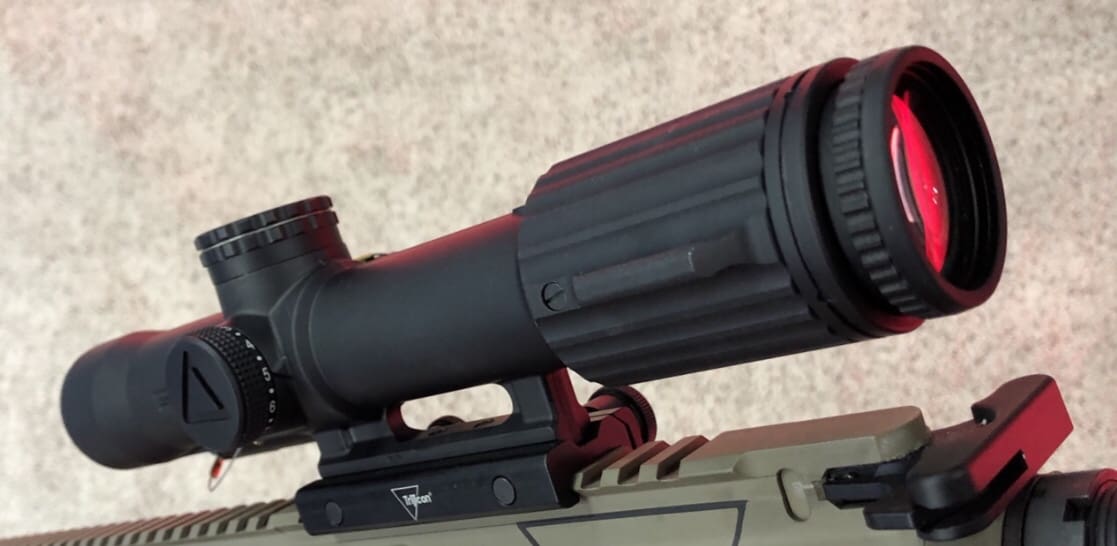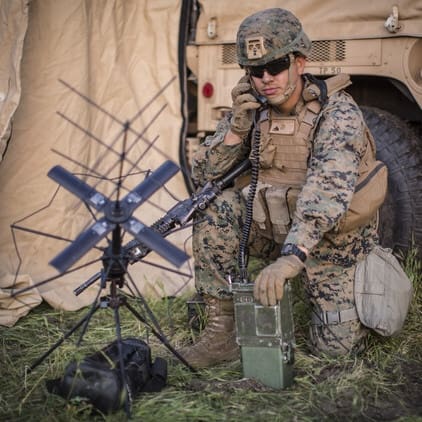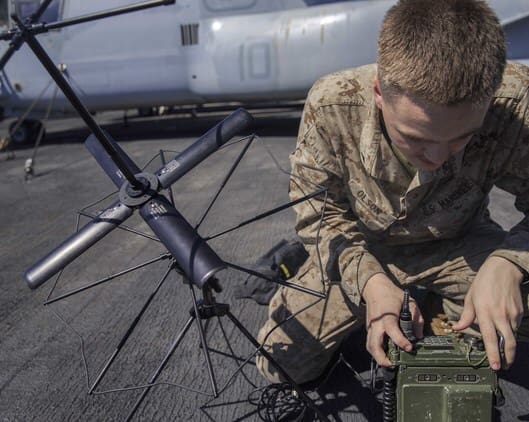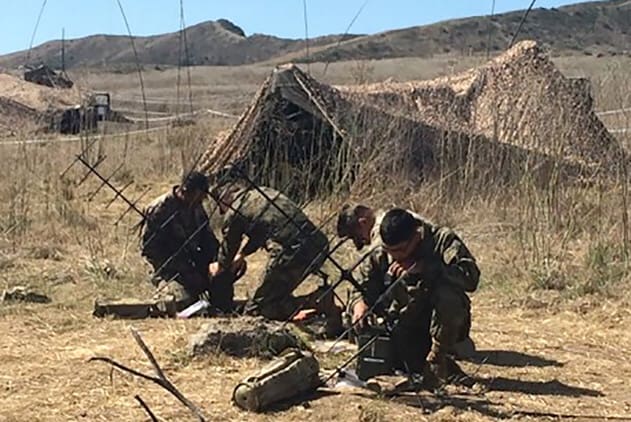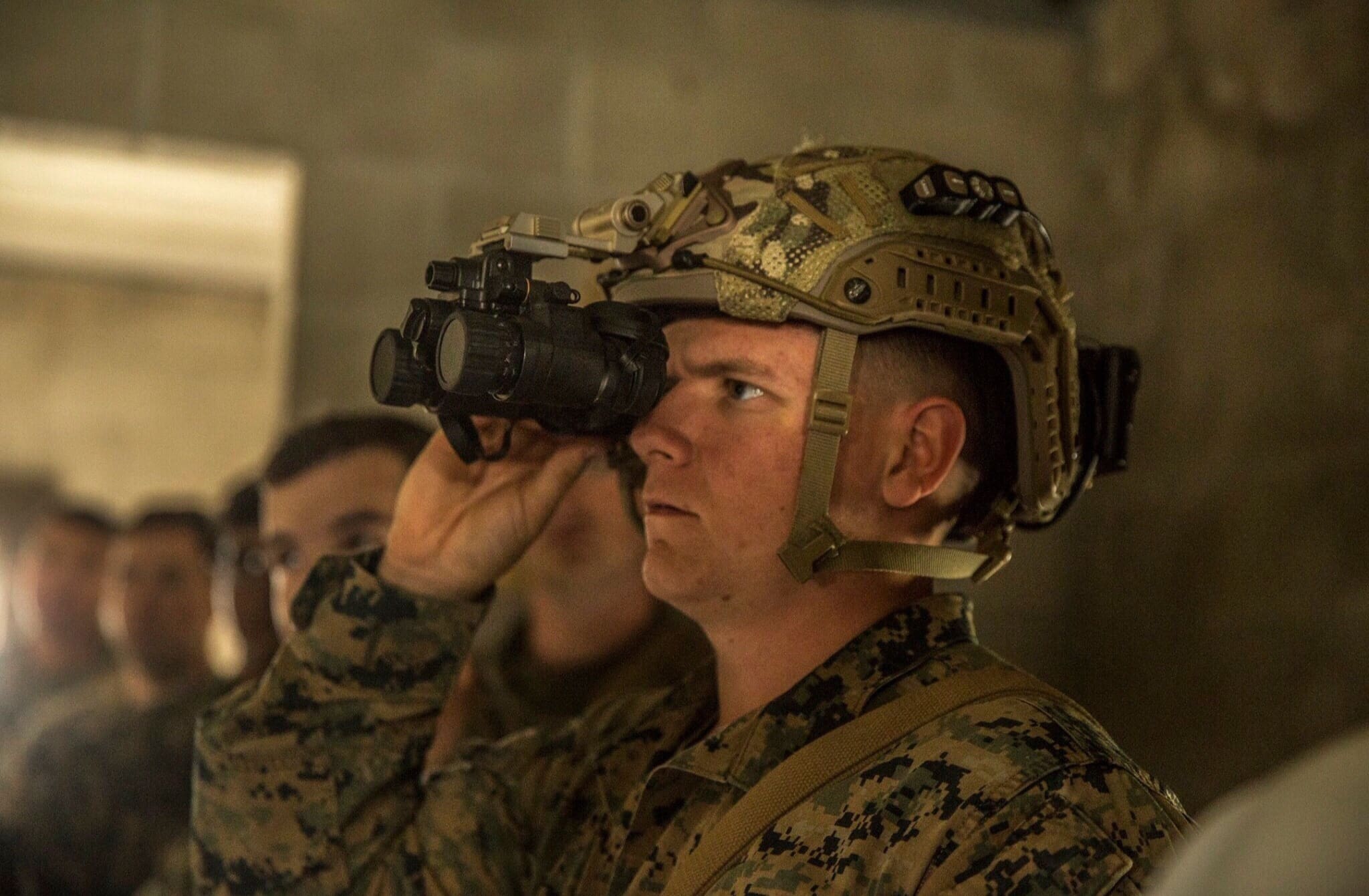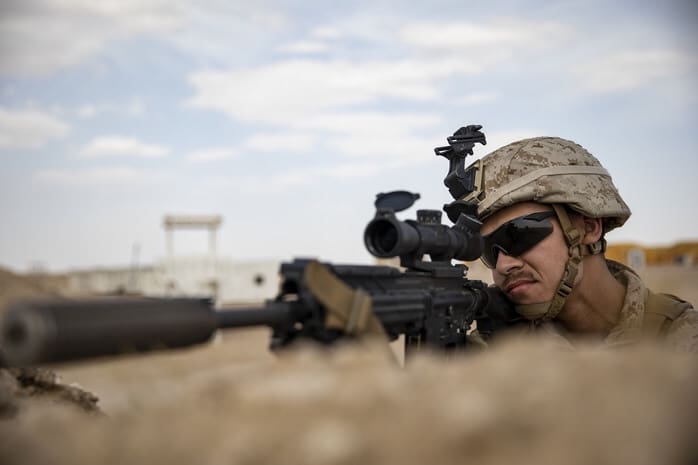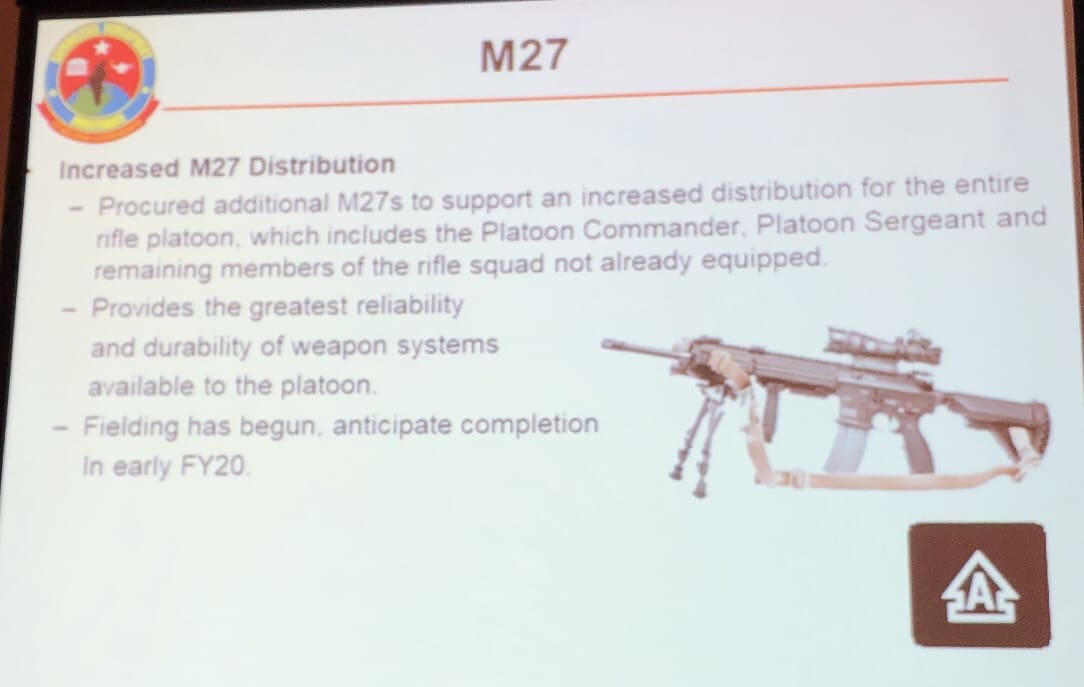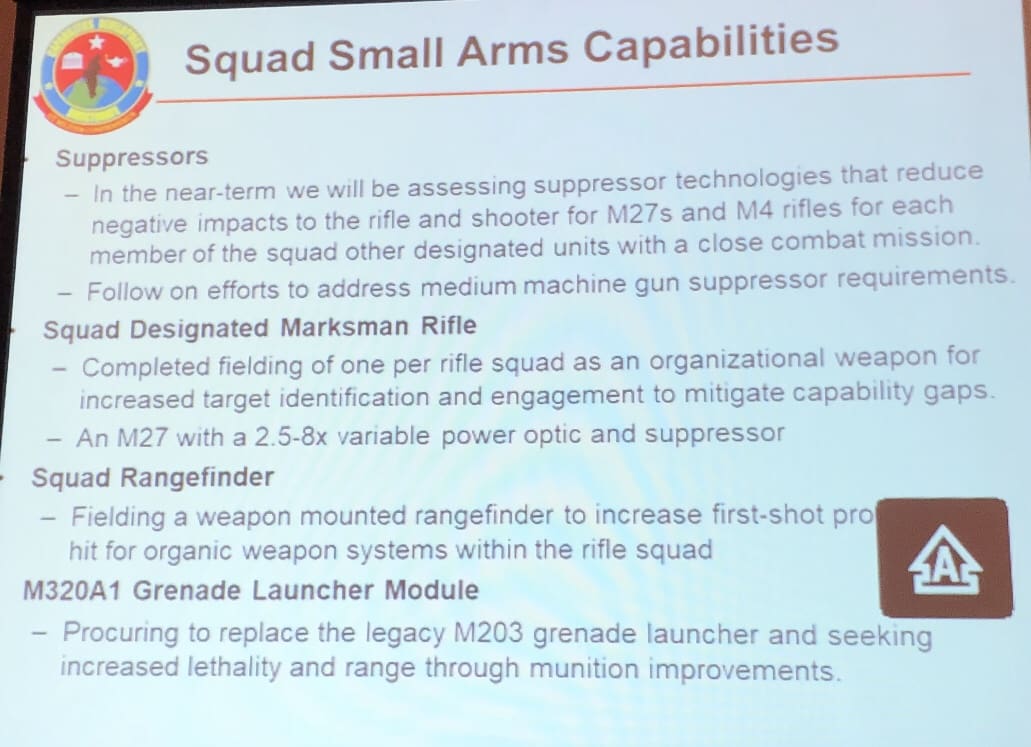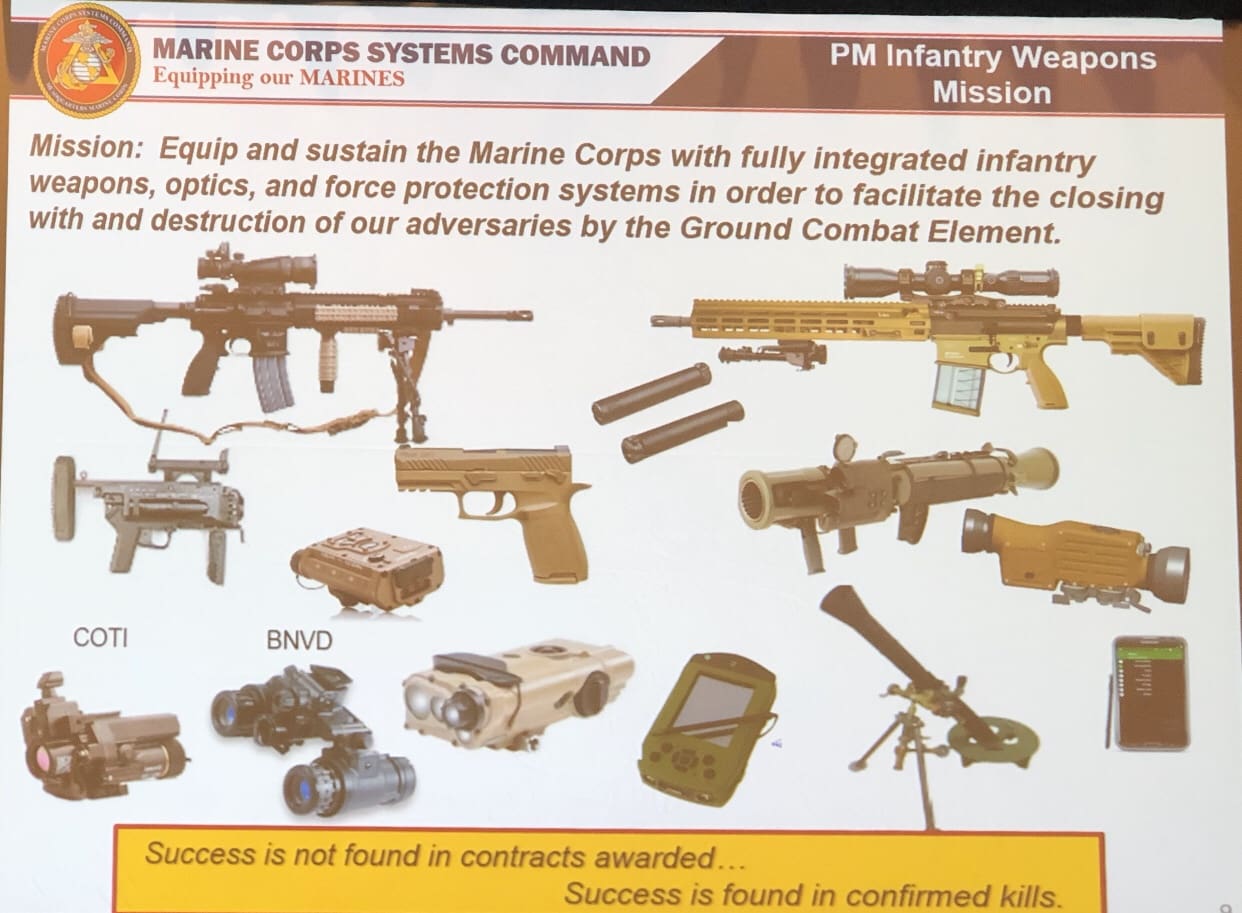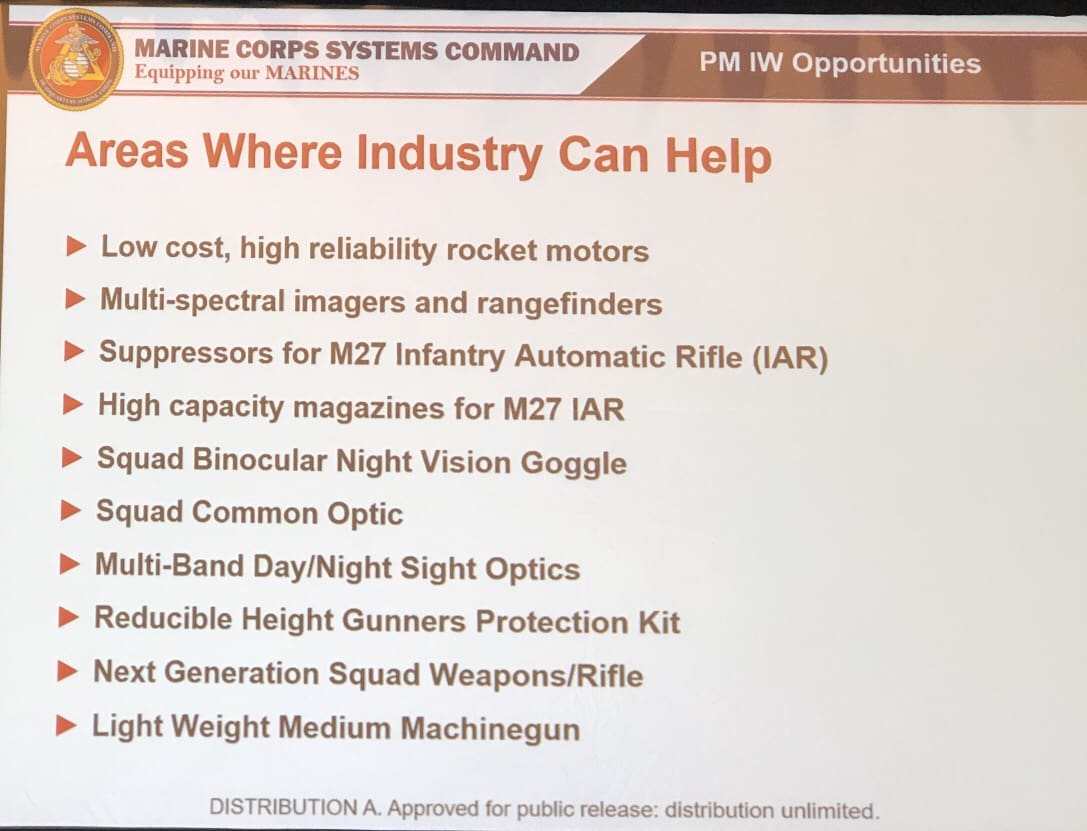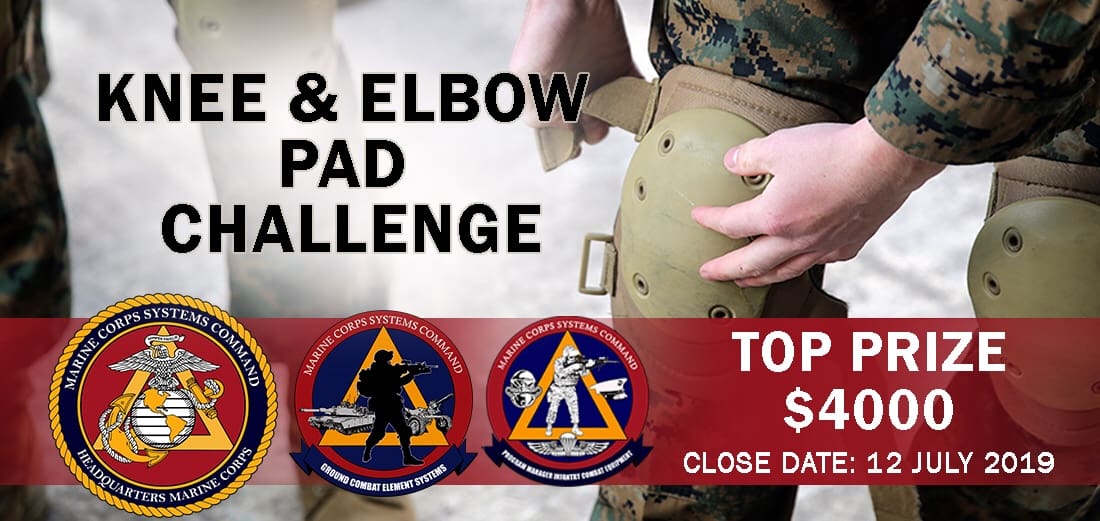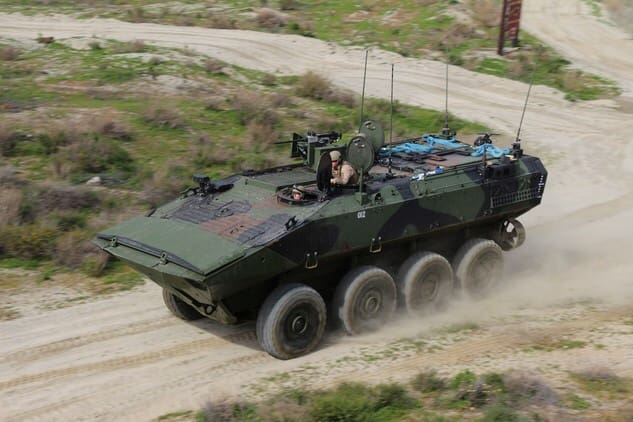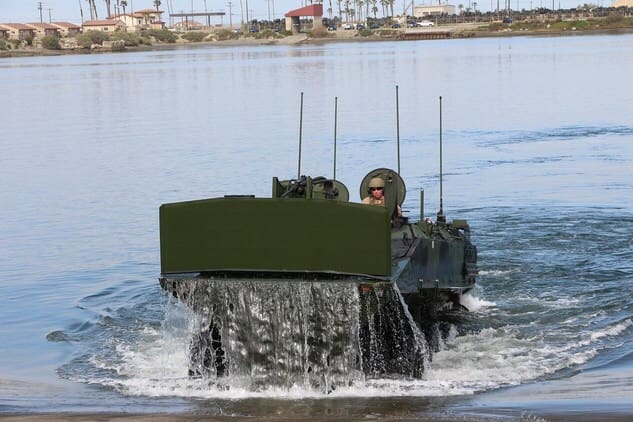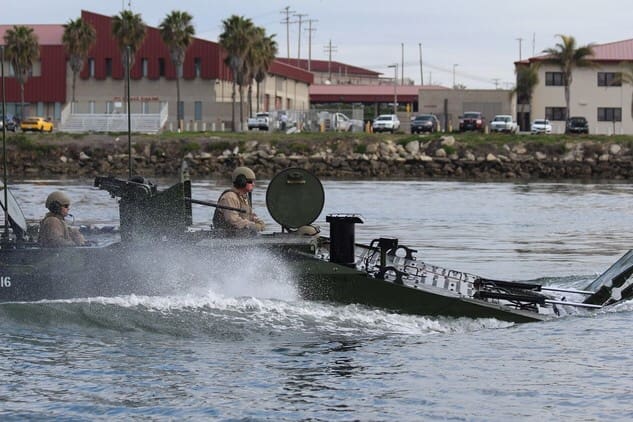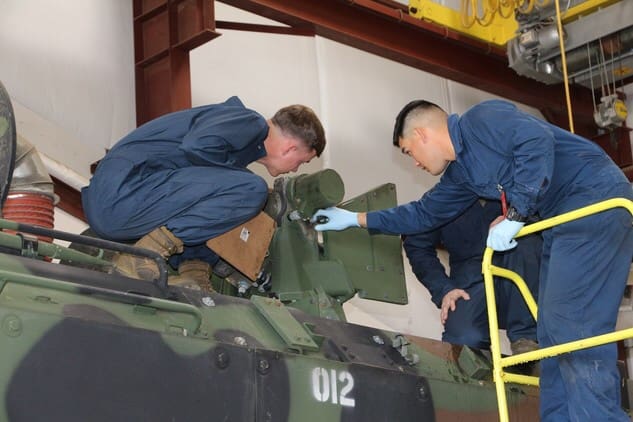MARINE CORPS BASE QUANTICO, Va. —
The Marine Corps’ Joint Light Tactical Vehicle is officially ready to deploy and support missions of the naval expeditionary force-in-readiness worldwide.
Marine Corps Combat Development Command, Combat Development and Integration declared the JLTV program—part of the Light Tactical Vehicle portfolio at Program Executive Officer Land Systems—reached initial operational capability, or IOC, on Aug. 2, nearly a year ahead of schedule.
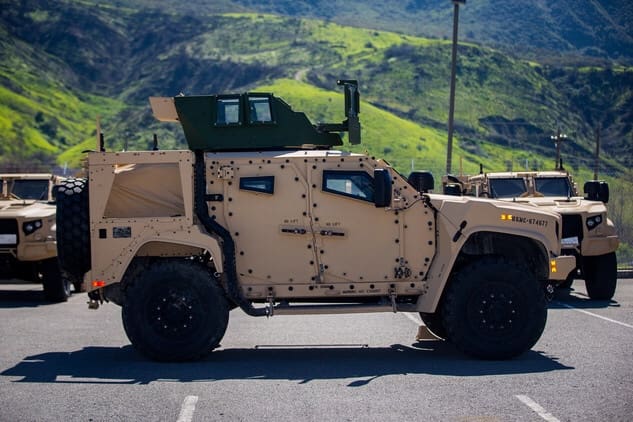
Photo by Cpl Juan Bustos
“Congratulations to the combined JLTV Team for acting with a sense of urgency and reaching IOC early,” said Assistant Secretary of the Navy for Research, Development and Acquisition James Geurts. “Changing the speed in which we deliver, combined with coming in under cost and meeting all performance requirements, is a fine example of increasing Marine Corps capabilities at the speed of relevance which enables our Marines to compete and win on the modern battlefield.”
The JLTV, a program led by the Army, will fully replace the Corps’ aging High Mobility Multipurpose Wheeled Vehicle fleet. The JLTV family of vehicles comes in different variants with multiple mission package configurations, all providing protected, sustained, networked mobility that balances payload, performance and protection across the full range of military operations.
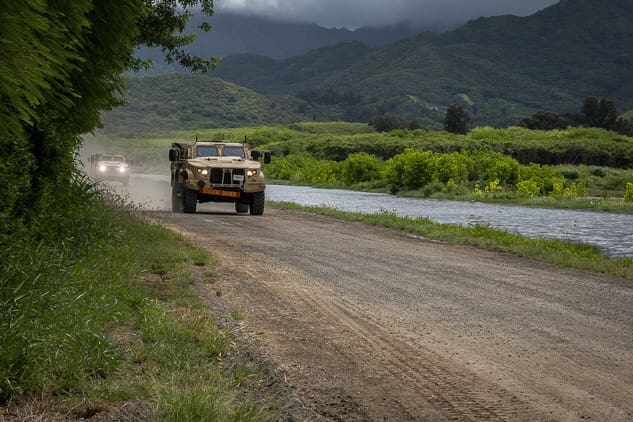
Photo by Cpl Matthew Kirk
“The warfighting capabilities the JLTV provides our Marines far exceed the capabilities offered by its predecessor,” said PEO Land Systems John Garner. “I’m proud of what our team, in collaboration with the Army, has accomplished. Their commitment to supporting the warfighter delivered an exceptional vehicle, ahead of schedule, that Marines will use to dominate on the battlefield now and well into the future.”
Several elements need to be met before a program can declare IOC of a system, which encompasses more than delivery of the system itself. The program office also had to ensure all the operators were fully trained and maintenance tools and spare parts packages were ready.
“IOC is more than just saying that the schoolhouses and an infantry battalion all have their trucks,” said Eugene Morin, product manager for JLTV at PEO Land Systems. “All of the tools and parts required to support the system need to be in place, the units must have had received sufficient training and each unit commander needs to declare that he is combat-ready.”
For the JLTV, this means the program office had to fully field battle-ready vehicles to the Marine Corps schoolhouses—School of Infantry East at Camp Lejeune, North Carolina; School of Infantry West at Camp Pendleton, California; The Basic School at Quantico, Virginia; and the Motor Transport Maintenance Instruction Course at Camp Johnson, North Carolina—and to an infantry battalion at II Marine Expeditionary Force. The program office started delivering vehicles to the schoolhouses earlier this year and started delivering vehicles to the infantry battalion last month.
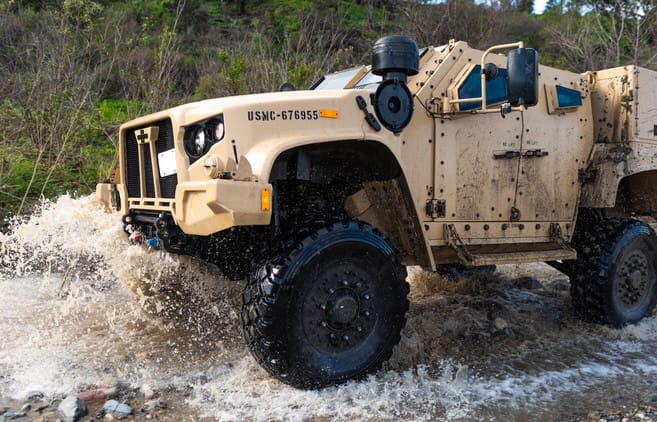
Photo by Sgt Timothy R. Smithers
On Aug. 2, Lt. Col. Neil Berry, the commanding officer for 3rd Battalion, 8th Marines, notified Morin and his team of the unit’s combat readiness with the JLTV. On Aug. 5, The Director, Ground Combat Element Division at CD&I notified PM LTV of its IOC achievement. The JLTV is scheduled to start fielding to I MEF and III MEF before the end of September.
According to LTV Program Manager Andrew Rodgers, during the post-acquisition Milestone C rebaseline of the JLTV schedule in January 2016, IOC was projected to occur by June 2020.
Rodgers says that detailed program scheduling, planning and, most importantly, teamwork with stakeholders across the enterprise enabled the program office to deliver the vehicles and reach IOC ahead of schedule.
“It was definitely a team effort, and we built up a really great team,” said Rodgers. “In terms of leadership, our product managers’—both Gene Morin and his predecessor, Dave Bias—detailed focus and ability to track cost, schedule and performance was key. Neal Justis, our deputy program manager, has significant prior military experience working for the Assistant Secretary of the Army for Acquisition, Logistics and Technology, so having him on board knowing how to work the Pentagon network was a huge force multiplier.”
Rodgers is quick to note that, although the team has reached IOC, this is really only the beginning of the JLTV’s future legacy.
“We are really at the starting line right now. Our grandchildren and great-grandchildren will see JLTVs in the DOD,” said Rodgers. “We’ll easily still have these assets somewhere in the DOD in the year 2100. Welcome to the start of many generations of JLTVs.”
By Ashley Calingo, PEO Land Systems Public Affairs | Marine Corps Systems Command
